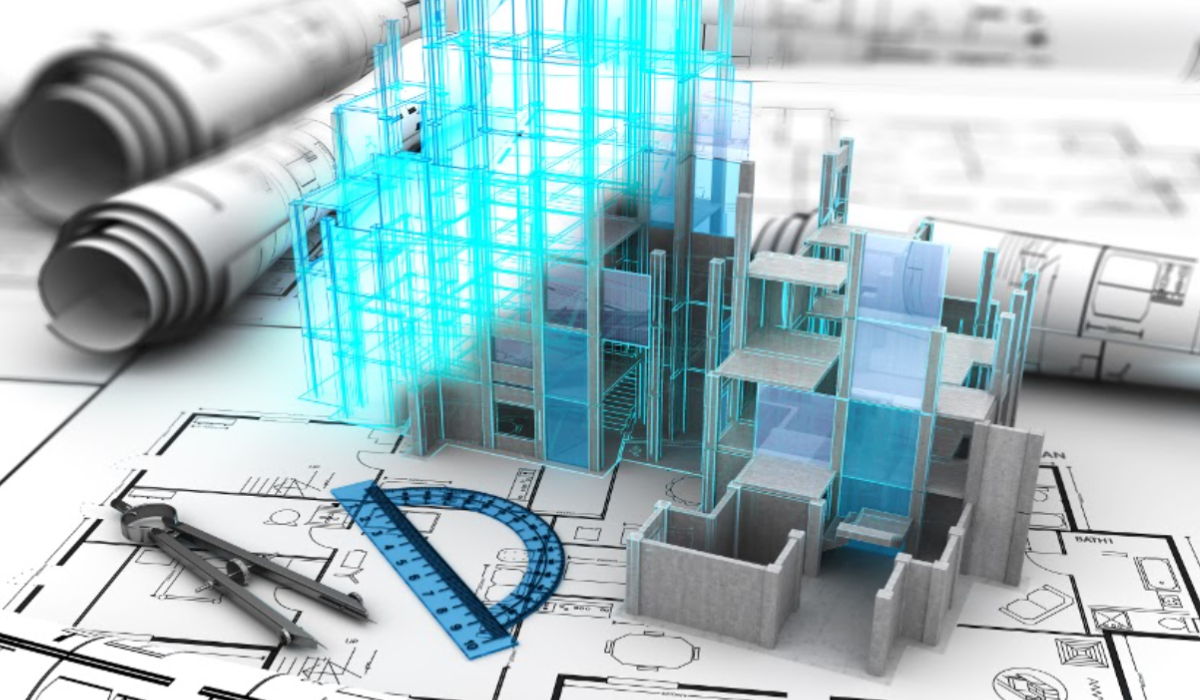3D As-Built Models: What Benefits Do They Offer in Building Management?
Building management has evolved with the adoption of advanced technologies like 3D As-Built models. These models allow managers to access detailed and accurate information about the infrastructure, thus improving the operation and maintenance of buildings. In this blog, we will explore the benefits that 3D As-Built models offer in building management.
What is a 3D As-Built Model?
A 3D As-Built model is a three-dimensional representation of a building as it was constructed. Using scanning technology and digital modeling, these models capture all structural details and building systems, offering a digital version that faithfully reflects the physical reality.
Key Benefits of 3D As-Built Models in Building Management
Improvement in Maintenance Management
With 3D As-Built models, building managers can better plan and manage preventive and corrective maintenance. By having access to accurate data on the building’s systems, potential problems can be detected before they turn into costly failures.
2. Access to Centralized Information
All structural and technical information about a building is consolidated in a single digital environment, improving accessibility and reducing data dispersion. This allows all those involved in building management to work with updated and accurate information.
3. Optimization of Resources and Costs
The use of 3D models allows for the simulation of different operational and maintenance scenarios, helping to identify opportunities to optimize resources such as energy and water. This not only reduces operational costs but also contributes to the building’s sustainability.
4. Facilitates Decision-Making
3D As-Built models provide a visual and analytical foundation for making more informed decisions. This is essential for planning renovations, managing internal space, and improving operational efficiency.
5. Integration with Emerging Technologies
As-Built models can be integrated with advanced technologies such as augmented reality and virtual reality, facilitating better visualization and understanding of spaces. This is particularly useful for training and real-time simulations.
6. Support for Sustainability Strategies
Managers can use As-Built models to analyze the building’s energy performance and conduct simulations that help reduce energy consumption and carbon emissions. This is key to implementing strategies that align with sustainability goals.
Conclusion
In conclusion, 3D As-Built models are revolutionizing building management by offering powerful tools to improve operations, reduce costs, and ensure efficient maintenance. The digitalization and centralization of structural and systems information facilitate informed decision-making aligned with sustainability. These models are essential for optimizing building management in a digitalized and technologically advanced environment.
JOIN THE NEW REALITY!



